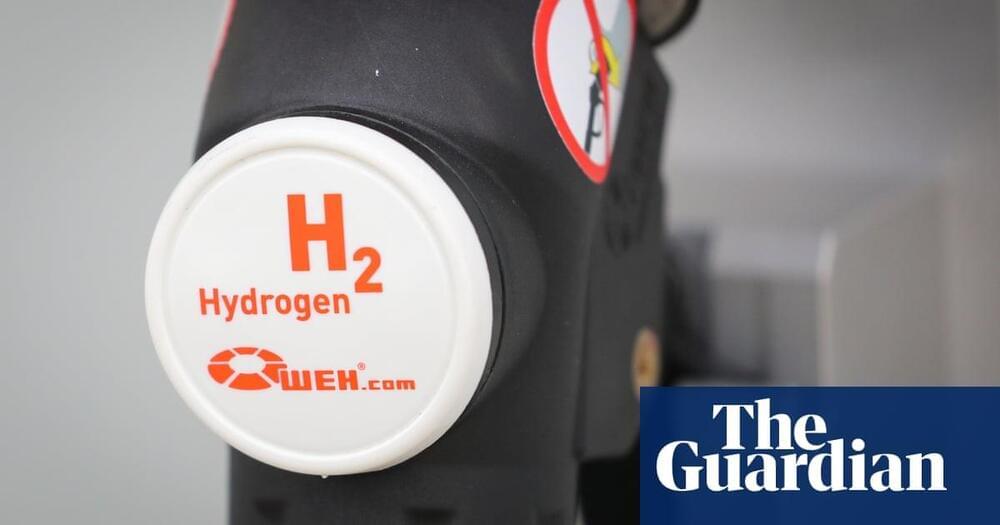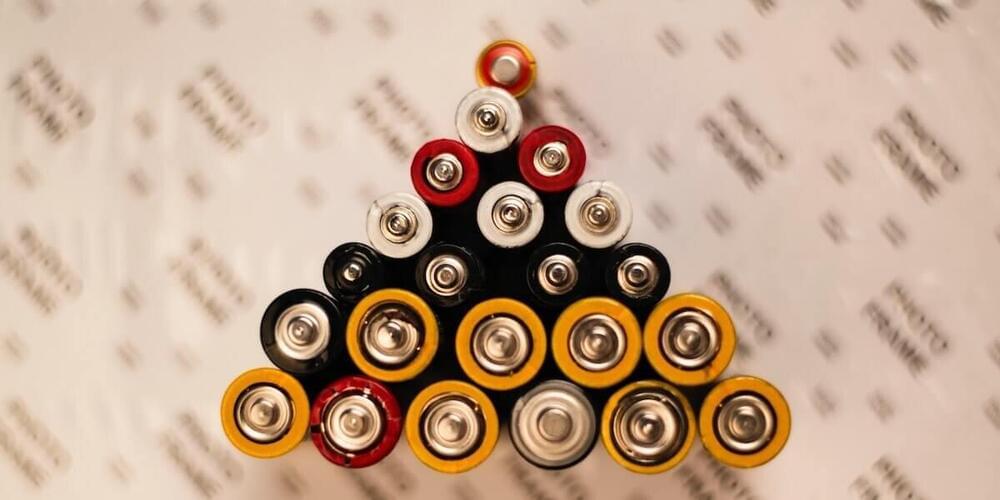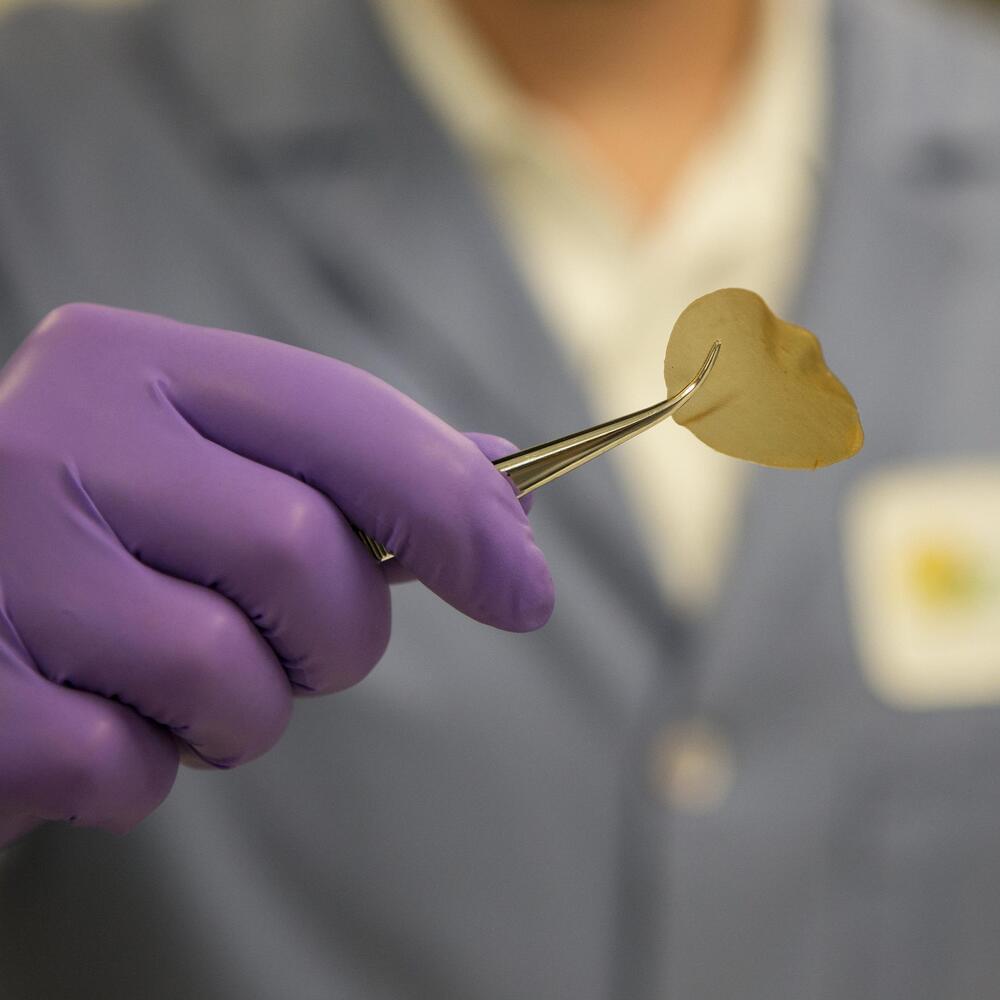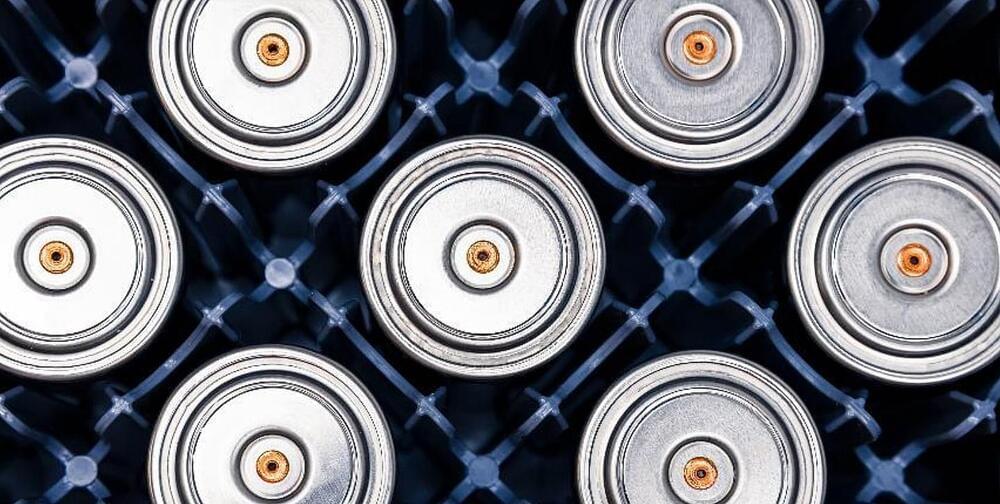A hair-like protein hidden inside bacteria serves as a sort of on-off switch for nature’s “electric grid,” a global web of bacteria-generated nanowires that permeates all oxygen-less soil and deep ocean beds, Yale researchers report in the journal Nature. “The ground beneath our feet, the entire globe, is electrically wired,” said Nikhil Malvankar, assistant professor of molecular biophysics and biochemistry at the Microbial Sciences Institute at Yale’s West Campus and senior author of the paper. “These previously hidden bacterial hairs are the molecular switch controlling the release of nanowires that make up nature’s electrical grid.”
Almost all living things breathe oxygen to get rid of excess electrons when converting nutrients into energy. Without access to oxygen, however, soil bacteria living deep under oceans or buried underground over billions of years have developed a way to respire by “breathing minerals,” like snorkeling, through tiny protein filaments called nanowires.
Just how these soil bacteria use nanowires to exhale electricity, however, has remained a mystery. Since 2,005 scientists had thought that the nanowires are made up of a protein called “pili” (“hair” in Latin) that many bacteria show on their surface. However, in research published 2019 and 2020, a team led by Malvankar showed that nanowires are made of entirely different proteins. “This was a surprise to everyone in the field, calling into question thousands of publications about pili,” Malvankar said.







